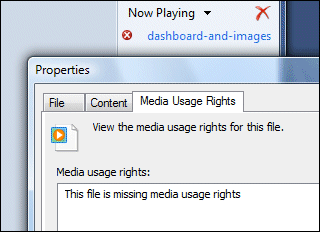I write a programming column for Personal Computer World. A reader contacted me with a problem. He had an application which he knew was written in Visual Basic 3, but for which he did not have the source code. He now wanted to adapt it to run on Windows Mobile.
VB 3.0 came out in 1993, a mere 15 years ago but an eternity in Internet time. It was hugely popular, partly because it included the JET database engine, the same one as used by Microsoft Access. Both professionals and keen amateurs used it to create little (and not so little) business apps. VB 3.0 is 16-bit, and although these apps may still run OK on Windows XP or Vista 32-bit, though perhaps with a few cosmetic glitches, they will not run on 64-bit Windows, which has no 16-bit emulation layer.
Not many organizations are moving to 64-bit desktops just yet, though they may well do so in a couple of years, but there is still a problem if you need to adapt or port the code.
I thought this would make a fun case study so I wrote it up in the May 2008 column. I tracked down the VB3 decompiler put out some years back by Hans-Peter Diettrich, also known as Dodi. He gave me a demo version to distribute to readers. The app in question turned out to be very simple, and decompiled easily. I then imported the project into VB 6 (because later versions won’t look at VB3 apps), and finally pulled the VB6 conversion into Visual Studio 2008. Once I’d fixed up the Windows version, I created a new Compact Framework solution into which I copied code from the desktop project. Much of the code made it all the way from the VB3 original to the Compact Framework, and ran fine on my IPAQ Pocket PC.
Working with decompiled code is a bit like solving a crossword puzzle. Variable names are mangled so you have to work out what they are for. It won’t be a quick and easy process except in the simplest of cases.
The incident makes me wonder: how many business-critical apps with lost source are out there? Someone posted a cartoon recently which I can’t now track down, but it was a graveside scene. One mourner says to another, “I’m sorry to ask at a time like this, but did he say anything about source code?”

